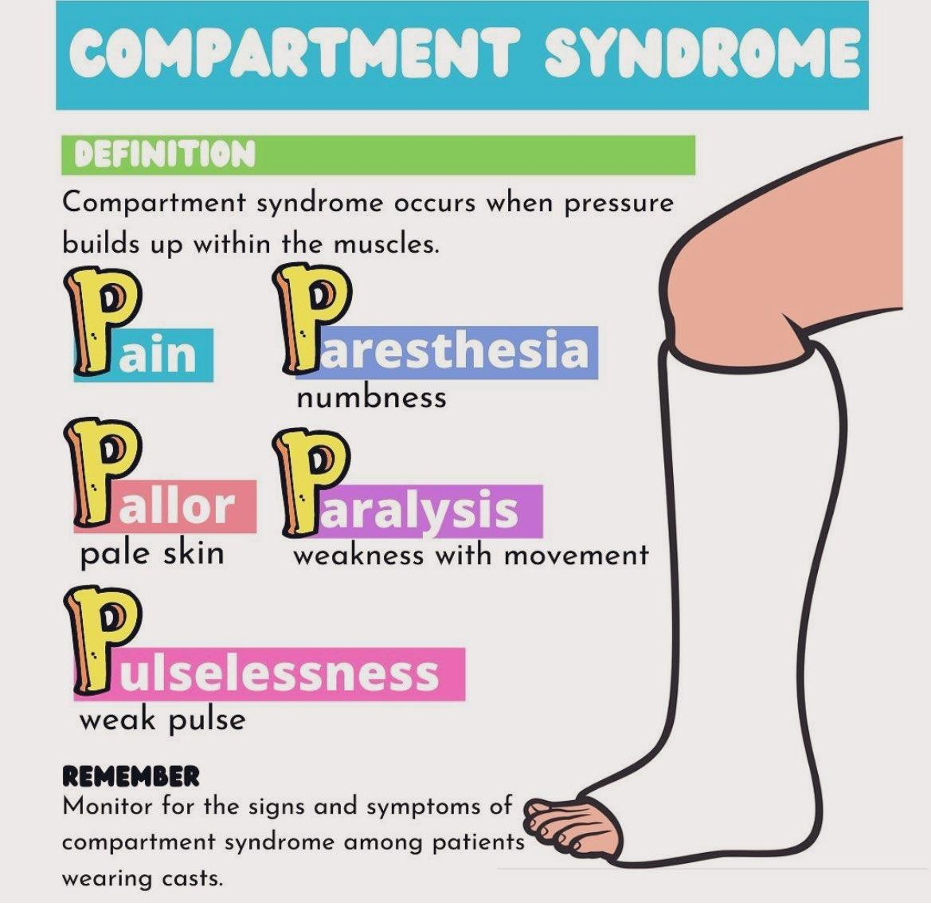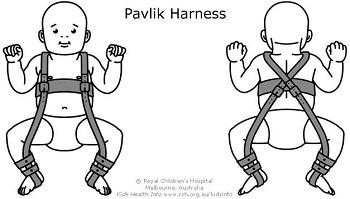Which statement best describes why infants are at greater risk for dehydration than older children?
Infants have an increased ability to concentrate urine.
Infants have an increased extracellular flued volume
Infants have a greater volume of intracellular fluid.
Infants have a smaller body surface area.
The Correct Answer is B
The statement that best describes why infants are at greater risk for dehydration than older children is option B. Infants have an increased extracellular fluid volume compared to older children. This means that a larger proportion of their total body fluid is located outside the cells, in the extracellular compartment. This higher extracellular fluid volume makes infants more susceptible to fluid losses and dehydration if they experience inadequate fluid intake or increased fluid losses.
infants have an increased ability to concentrate urine in (option A), is incorrect. Infants have limited renal function and may have difficulty concentrating urine compared to older children and adults. This can contribute to a higher risk of dehydration in infants.
infants have a greater volume of intracellular fluid in (option C), is incorrect. The volume of intracellular fluid is not the primary factor contributing to the increased risk of dehydration in infants.
infants have a smaller body surface area in (option D) is incorrect because it, is not directly related to the increased risk of dehydration. Body surface area influences heat exchange and fluid loss through sweating but is not the main factor contributing to the higher risk of dehydration in infants.
Nursing Test Bank
Naxlex Comprehensive Predictor Exams
Related Questions
Correct Answer is C
Explanation
Compartment syndrome is a condition that can occur following an injury, such as a fracture, where there is increased pressure within a closed space (compartment) in the body. In the case of a forearm fracture, swelling and increased pressure within the compartment can lead to compression of the nerves and blood vessels, resulting in symptoms such as pain, numbness, and decreased function of the affected muscles.
The inability to extend the fingers suggests impairment of the extensor muscles, which are innervated by the radial nerve. If the radial nerve is compressed or injured due to compartment syndrome, it can result in a loss of function in the muscles it innervates, leading to the inability to extend the fingers.
damage to the epiphyseal plate in (option A) is incorrect because it, is not related to the inability to extend the fingers. The epiphyseal plate is the growth plate in long bones, and damage to it would typically affect bone growth rather than finger extension.
, stating that it is normal following this type of injury in (option B), is incorrect. Inability to extend the fingers is not a normal or expected finding after a forearm fracture. It suggests a potential complication or underlying issue.
fat embolism in (option D) is incorrect because it, is unlikely to cause an inability to extend the fingers. Fat embolism occurs when fat globules from a broken bone enter the bloodstream and can lead to respiratory and neurological symptoms, but it would not specifically cause an isolated loss of finger extension.

Correct Answer is A
Explanation
A. The harness maintains the hips in flexion, abduction, and external rotation
The factor that the nurse should include when teaching a parent about the care of a newborn
in a Pavlik harness for hip dysplasia is that the harness maintains the hips in flexion,
abduction, and external rotation. The Pavlik harness is a commonly used device for the
treatment of developmental dysplasia of the hip (DDH) in infants. It is designed to hold the
hips in a position that promotes proper alignment and development.
The harness maintains the hips in flexion, abduction and external rotation in (Option B) is
incorrect. The Pavlik harness should not be removed with every diaper change. The harness
needs to be worn consistently as directed by the healthcare provider to ensure the
effectiveness of the treatment.
The harness is the only first step of treatment in (Option C) is incorrect. While the Pavlik
harness is an important step in the treatment of hip dysplasia, it is not the only step.
Additional treatments, such as bracing or surgical interventions, may be required depending
on the severity of the condition.
The harness in worn for 2 weeks in (Option D) is incorrect. The duration for which the Pavlik
harness is worn can vary depending on the individual case and the healthcare provider's
instructions. It is typically worn for several weeks to months, and the specific duration will be
determined by the healthcare provider based on the child's progress and response to
treatment.

Whether you are a student looking to ace your exams or a practicing nurse seeking to enhance your expertise , our nursing education contents will empower you with the confidence and competence to make a difference in the lives of patients and become a respected leader in the healthcare field.
Visit Naxlex, invest in your future and unlock endless possibilities with our unparalleled nursing education contents today
Report Wrong Answer on the Current Question
Do you disagree with the answer? If yes, what is your expected answer? Explain.
Kindly be descriptive with the issue you are facing.
